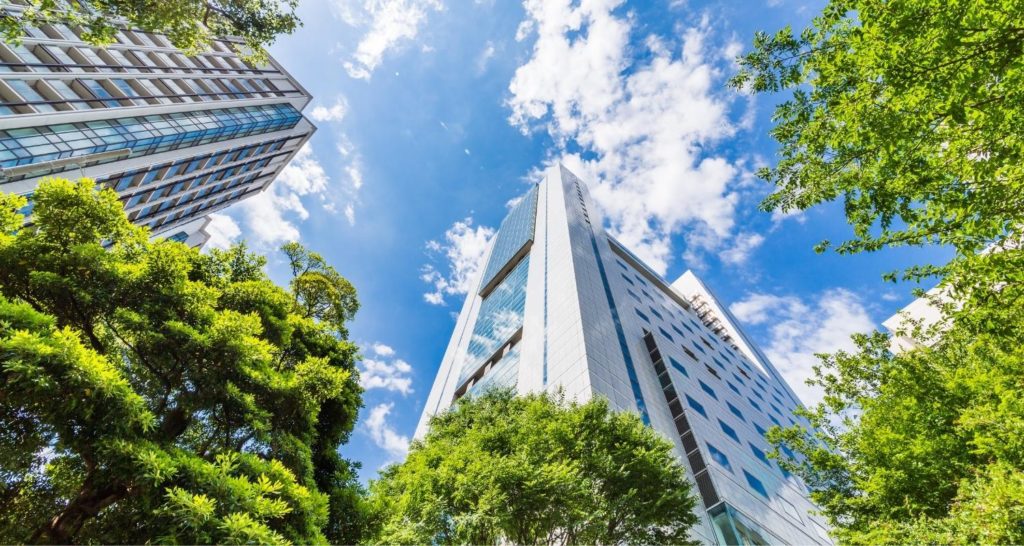India’s geographical location, large population, and rapid economic development make it highly vulnerable to the consequences of climate change. Climate change and global warming are no longer debatable topics. The effects are clearly visible. Extreme weather events like heatwaves, cold waves, cloudbursts, droughts, and floods have become so common that many people have started paying no attention to them. However, there is a huge portion of the Indian population that is seriously concerned about the environment and believes that something can be done to reverse the effects of climate change.
Environmental experts unanimously agree that India will be one of the most affected countries by the altering patterns of climate and millions of Indians are at risk of disease and starvation. Almost all the industrial and economic sectors in the country are doing their bit to help the nation fight the menace of environmental degradation. The real estate sector is also not lagging in this approach. Sustainable real estate is fast emerging as the nation’s response to the increasing carbon footprint of the sector. The contribution of the real estate sector will be significant in India achieving carbon neutrality by 2070.
To achieve sustainability, the real estate sector has been implementing various techniques like the use of environment-friendly and reclaimed construction material, provisions of rainwater harvesting, designing buildings to reduce energy consumption, and waste management. The more recent projects are seeing provisions like solar rooftops, wind turbines, waste recycling & composting, etc. Paints with high reflective abilities are being used on the exterior of the buildings to reduce heating thus the need for cooling. Green spaces and managed plantations are now seen as integral parts of any contemporary real estate project. Geospatial technologies are being employed by developers to determine the most environmentally sustainable project sites and understand the ecological implications of the work.
Software solutions like BIM and Connected construction help in optimizing resources and reducing waste. The combinations of all these techniques help the real estate sector reduce its carbon footprint and create a sustainable future.
One of the most important reasons why the real estate sector has been able to put so much effort and resources toward sustainability is consumer sentiment. Customers both in residential and commercial real estate today are concerned about the environmental footprint of their buildings. More importantly, the modern generation understands the benefits of living and working in environment-friendly spaces. They are aware of the health benefits, physical, mental, and emotional, of living closer to nature. These customers are driving the demand for sustainable real estate and serving as a motivation for the developers to build more environment-friendly projects.
The term sustainability has been around for several decades now; however, it is now that the sustainability revolution is catching up momentum. Besides the demand from the customers and the social collateral, environmental friendliness is one of the most important components of the modern risk assessment matrix. Modern project financers find it easier to finance projects that are planned with environment conservation and carbon neutrality in mind.
With the largest number of internet and smartphone users, India has a highly connected society. The power of social media cannot be discounted. Sustainability initiatives help the real estate developers build a positive image in society and authorities. This positive image provides a competitive advantage to companies and helps them stay ahead of the competition.
Real estate developers are actively taking part in the sustainable real estate revolution; however, the occupants share equal responsibility in making the real estate ecologically sustainable. Intelligent usage of energy and water, indoor plants, reusing things, and reducing waste and waste segregation at homes can help significantly reduce the environmental footprint of the buildings.
Buildings in India contribute to more than one-fifth of the total greenhouse gas emissions. Making real estate greener, both during construction and operation can do wonders for India’s fight against climate change. For India to achieve the target of carbon neutrality by 2070, the real estate developers, operators, and occupants need to share the responsibility of making real estate sustainable and ecologically friendly.

































